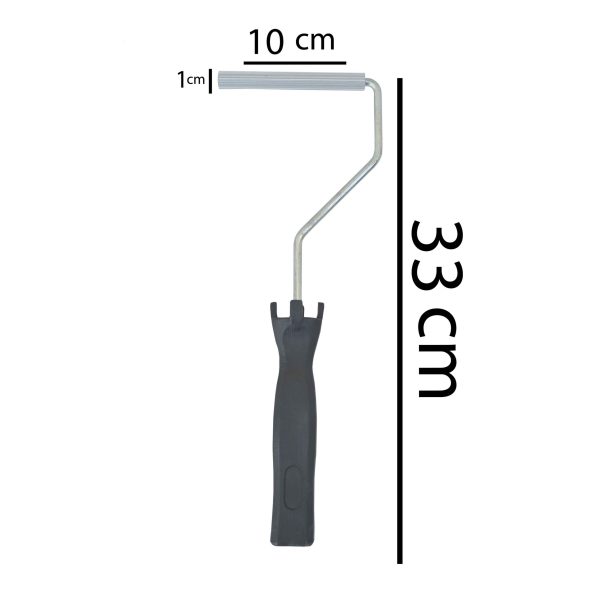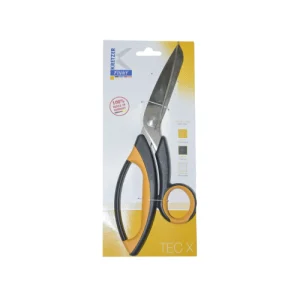For the manufacture of fiberglass parts, the use of aluminum roller grooved along is one of the common and efficient methods in the process of forming and compressing fiberglass and other similar composites. This tool helps to evenly distribute the resin over the layers of fiberglass and to remove air bubbles from between the layers.
Using a longitudinal groove aluminum roller in the manufacture of fiberglass parts:
- Removing air bubbles: One of the main challenges in the manufacture of fiberglass parts is the presence of air bubbles between the layers of resin and fiber of fiberglass. Grooved rollers effectively remove air bubbles from between the layers as they pass over the surface of the material, helping to increase the mechanical strength and integrity of the final part.
- Uniform resin distribution: This type of roller ensures that the resin is evenly distributed throughout the fiberglass fibers, which is essential to prevent weak spots in the fiberglass part.
- Increase surface quality: The grooves in the roller help to better control and guide the material, resulting in a smooth, high-quality surface. This is especially important for fiberglass parts that require a smooth, uniform final appearance.
- Use in Hand Lay-Up Process: Aluminum rollers with grooves along the length are often used in the hand lay-up process. This process involves placing layers of fiberglass in a mold, soaking them in resin, and then using a roller to remove air bubbles and compact the layers.
Benefits of using a longitudinally grooved aluminum roller for making fiberglass parts:
- High strength: Aluminum has a longer life than other materials due to its resistance to corrosion and wear.
- Light weight: Aluminum rollers are easier to work with for fiberglass part production operators because they are lightweight.
- Easy to clean: Aluminum is easily cleaned of sticky resins and other excess materials due to its smooth and durable surface.

Grooved design:
The grooves of these rollers are designed to help with better air extraction and even resin distribution by passing over the surface of the fiberglass parts. The width and depth of these grooves may vary depending on the type of part and the production process.
Conclusion:
Using aluminum roller grooved lengthwise is a vital tool in the production of fiberglass parts that not only helps improve the quality of the parts, but also optimizes the production process.






Your comments
Comments
There are no reviews yet.